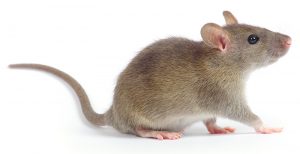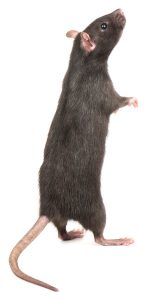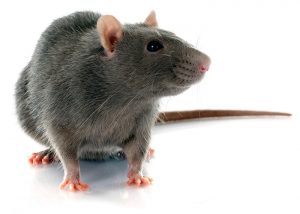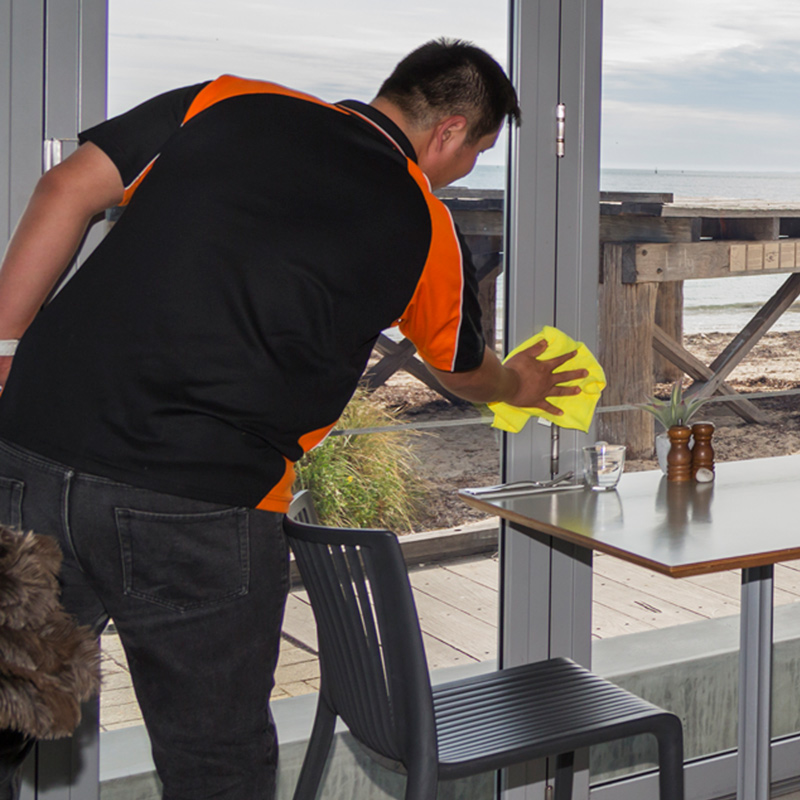HEARING NOISES IN THE CEILING, BEHIND WALLS OR UNDER THE FLOOR?
That could indicate rats and / or mice. Normally where you see one mouse or rat there are many more. Rodents are dirty, unsanitary and spread disease. For mice control Perth and rat control contact us for the best source of rat bait and mice bait for your particular problem.
To rid your home or business of rodents, you need Pestpro professional baiting program. We’ll identify the infestation and any potential access points and recommend the best course of action, including rat traps or other alternatives for rodent control.
Rodents move indoors during winter, looking for both shelter and food. However, in commercial premises rodents can be a problem all year round. Given the right conditions,
Rats can be very persistent and if they manage to gain access into your home or business they can spread these diseases, cause considerable damage and contaminate food.
- Rats can damage your home or business insulation and Ac ducting.
- They can chew through floor joists and walls.
- They can cause fires by chewing on electrical cables.
Even rats in the yard and outside can also present tremendous risk, particularly since those areas are visited by children and pets.
Simple Prevention
Achieving and maintaining a high standard of hygiene and sanitation and decreasing available food and shelter are critical to controlling rodents and lessen the need for rat removal. Use sound rubbish containers with tight lids, clean up any rubbish and overgrown weeds around the building to control mice and rats.
Our Process
 Mice are a pest that are commonly difficult to actually see if you do spot a mouse in your home or business, it will likely look like a rapidly moving furry blur. Mice are fast and often have various roots around your home or business. That means that they can escape through cracks in the walls.
Mice are a pest that are commonly difficult to actually see if you do spot a mouse in your home or business, it will likely look like a rapidly moving furry blur. Mice are fast and often have various roots around your home or business. That means that they can escape through cracks in the walls.
How to identify a House Mouse
House mice are active all year round, which means you could find them invading your home or business at any time.
Appearance
- Size: 70 – 95mm in length, with a tail around the same length.
- Weight: 12 – 30g.
- Their relatively small feet & head and large eyes & ears distinguish them from a young brown rat (Rattus norvegicus).
Lifecycle
- 4 – 16 young per litter; 7 – 8 litters a year.
- Gestation period of about 3 weeks.
- 8 – 12 weeks from birth to sexual maturity.
Habits
- Usually ground living and burrowing, but often climbs.
- Preferred food is cereals.
- Will eat around 3g of food a day and can survive without any additional water. They will drink up to 3ml a day if their diet is particularly dry.
Like mice, rats can pose a significant health risk when infesting homes and businesses, spreading disease and contaminating food, as well as damaging electrical wiring, and buildings. This can lead to potential fires.
Pestpro uses safe and effective methods when carrying out our proven rat control in Perth. We identify the source of the infestation, and any potential access points, ensure the proper treatment and control of the rodents, and prevent their return.
Roof Rat
There are two main types of rats that cause concern in Australia. The Norwegian rat) and the Roof Rat, which was introduced to this country are a common pest in both private homes and businesses.
How to identify Roof Rat (Rattus rattus)
Roof rats can be found in coastal towns and in many urban environments across Australia.
Appearance
- The roof rat is between 16–24cm in length, with a tail longer than the head and body.
- It grows to between 150–200g in weight.
- They have a pointed nose, large ears and a slender body.
Lifecycle
- Roof rats produce 5–10 young per litter, and have between 3–6 litters a year.
- The gestation period is about 3 weeks.
- It only takes between 12–16 weeks from birth for them to reach sexual maturity.
Habits
- They are incredibly agile and very good climbers.
- Their preferred food is moist fruits. Roof Rats will eat around 15g of food a day and drink 15ml.
 How to identify Norwegian Rat (Rattus norvegicus)
How to identify Norwegian Rat (Rattus norvegicus)
Norway rats usually prefer ground living and burrowing, but sometimes they can be known to climb
Appearance
- The brown rat is up to 40 cm in length, with a tail shorter than the head and body.
- It grows up to between 350–500g in weight.
- It has a blunt nose, small ears and a thicker body when compared to the Roof Rat (Rattus rattus).
Lifecycle
- Rats have 7–8 young per litter, and between 3–6 litters a year.
- The gestation period is about 3 weeks.
- It only takes 10–12 weeks from birth to reach sexual maturity.
Habits
- Preferred food is cereals, although they are omnivorous.
- They will eat around 30g of food a day and drink 60ml.
Our process
INSPECTION
You'll get the answers you want about pests in your home or business as we provide a thorough inspection if need be and identify problem areas.
TREATMENT
One of our friendly Pestpro technicians will treat your home or business to eradicate unwanted Pests.
FULL SERVICE PLAN
If required, we can discuss and implement a full-service plan ensuring the pests do not return.



















